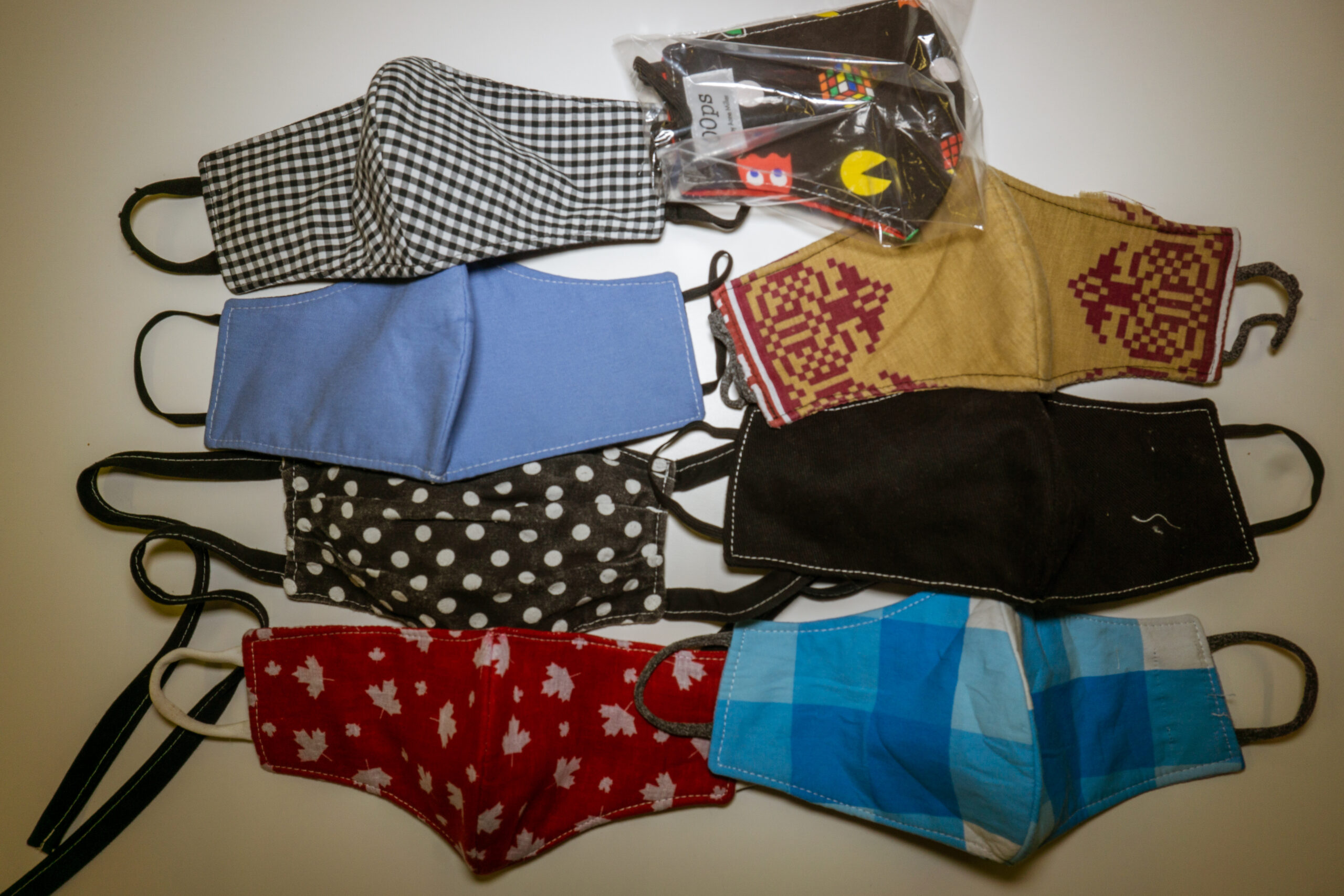Hamilton’s proposed mandatory masking by-law is not actually about individuals wearing masks, it is about creating obligations upon businesses to promote the practice of masking while indoors.
Once passed, and ratified by Council, the by-law imposes two primary obligations upon businesses.
1) Businesses must post signs on all entrances directing people to wear masks while indoors. The signs must have contrast between the text and background, the font must be of a sans serif script, and at least 24 points in text size. Failure to post a sign will result in a $500 fine for each offence.
2) Businesses must ensure that employees are provided masks, or a physical separation barrier from customers and each other, in the workplace when physical distancing is not possible. The city is creating a framework to enforce provincial guidelines for workplaces, and a process for employees to seek redress which is more practical to employees than calling up the provincial Ministry of Labour.
Why is this, why can’t City Council actually impose mandatory masking?
By-Law is Under the Municipal Act, Cannot Be Practically Enforced Upon Individuals
This by-law is being created under the Municipal Act, it is not a public health order under Section 22 of the the Health Protection and Promotion Act.
Provincial health privacy and human rights law override municipal by-laws, the City cannot enforce the by-law upon individuals.
Why is this? Municipalities are creations of the province only the powers prescribed to them. The Municipal Act states all by-laws Council creates must comply with provincial laws. (It’s why this by-law’s text lists various places it does not apply such as GO Transit stations, the airport, post-secondary campuses, schools, etc.)
Once someone says they have a medical or human rights reason for not wearing a mask, nobody can compel them to say what that reason is.
The by-law text includes a clear statement that nobody is to violate provincial laws while enforcing this by-law.
COVID Outbreak Does Not Meet Public Health Masking Order Theshold in Hamilton
Section 22 of the HPPA grants Medical Officers of Health broad powers to issue orders to prevent the spread of communicable diseases. Section 22 lists various actions which a MoH can compel individuals to do, and includes a key phrase for legal purposes at the beginning of the list of powers “but is not limited to”.
The threshold to issue a Section 22 order is high.
Hamilton Medical Officer of Health Dr. Elizabeth Richardson explained the differences between her powers to issue a Section 22 order, and her role of advising Council to exercise their Municipal Act powers.
An “imminent threat” is required for a Section 22 order, said Dr. Richardson.
“The epidemiology right now for COVID-19 in Hamilton does not point to this [a masking order] something that needs to be done imminently”, she said.
Masking “is something that can weight in and consider, and Council can make a decision upon”.
Medical Officer of Health Supports Masking
Public health officials are clear, the widespread adoption of masking by individuals will decrease the transmission rate of COVID.
Some who are critical of masking orders point to the scientific debate about exactly what that decrease rate is, and other matters such as how people make common errors in masking. The fact is that widespread adoption of masking, along with other practices such as use of hand sanitizer, will decrease the spread of COVID-19.
This is why Dr. Richardson is very supportive of the proposed masking by-law as a tool to increase public awareness and adoption of masking.
You can watch the meeting live on YouTube starting at 9:30am
Further Reading
Dr. Chris Mackie, MoH for London-Middlesex outlined nearly identical reasons as Dr. Richardson in a tweet thread two weeks ago. Dr. Mackie has issued two Section 22 orders since this tweet thread, one for personal service businesses and the other for transit services.
Dr. Mustafa Hirji, Niagara’s MoH tweeted an explanation why he hasn’t issued a Section 22 order. Dr. Hirji’s explanation is comprehensive, a good read if you wish to read more on this.
TVO: Who can — and should — make masks mandatory in Ontario.
Production Details v. 1.0.0 First published: July 10, 2020 Last edited: July 10, 2020 Author: Joey Coleman Edit Record v. 1.0.0 original version

